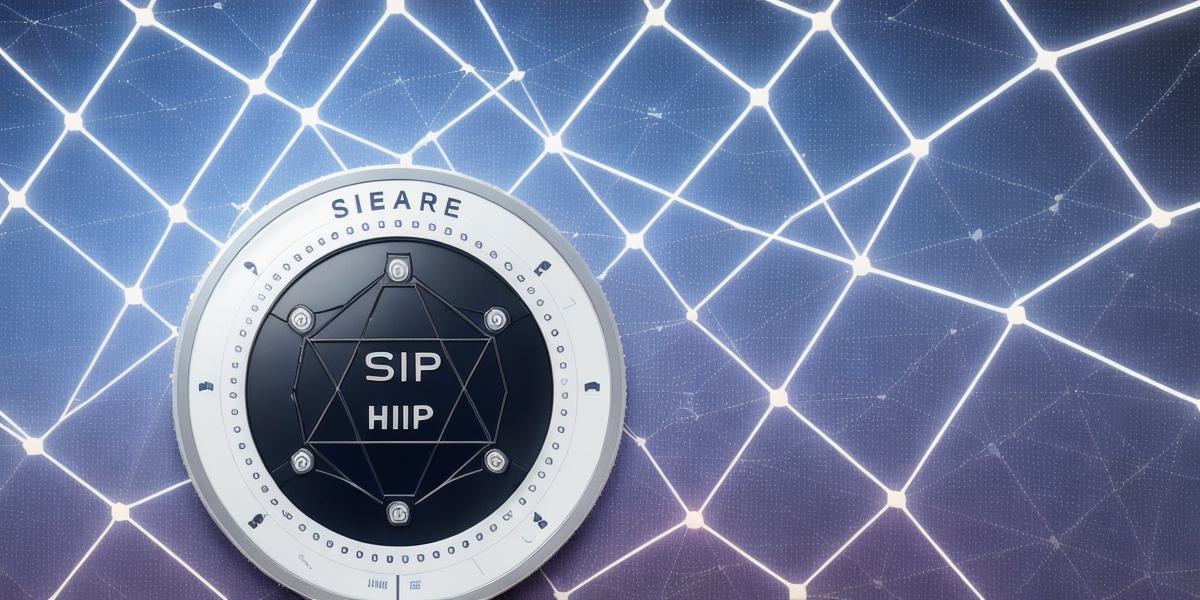As web3 technology continues to gain popularity, one of the most crucial components of a decentralized application (dApp) is the provider. The provider acts as an intermediary between the dApp and the blockchain network, allowing for faster and more efficient data retrieval. In this guide, we will delve into the power of web3 providers and explore their functionality in detail.
Web3 Providers: An Overview
A web3 provider is a software layer that enables dApps to interact with blockchain networks. It allows for faster and more efficient data retrieval, making it easier for dApps to provide users with real-time information. Web3 providers can be categorized into three types: HTTP providers, WebSocket providers, and JSON RPC providers.
HTTP Providers
HTTP providers are the most common type of web3 provider. They use the Hypertext Transfer Protocol (HTTP) to communicate with the blockchain network. This makes them easy to set up and use, but they can be slow and less efficient than other types of providers. One example of an HTTP provider is Infura.
WebSocket Providers
WebSocket providers use a real-time communication protocol to connect to the blockchain network. They are more efficient than HTTP providers, allowing for faster data retrieval. However, they can be more difficult to set up and require more technical expertise. One example of a WebSocket provider is Alchemy.
JSON RPC Providers
JSON RPC providers use the JSON Request-Response Protocol to communicate with the blockchain network. They are highly customizable and allow for greater control over data retrieval. However, they can be more difficult to set up and require a higher level of technical expertise. One example of a JSON RPC provider is Truffle.
The Importance of Web3 Providers
Web3 providers are essential to the functionality of dApps. They allow for faster and more efficient data retrieval, making it easier for dApps to provide users with real-time information. Without web3 providers, dApps would be much slower and less user-friendly.
Case Studies
Let’s look at some real-life examples of how web3 providers have been used in practice.
- OpenZeppelin: OpenZeppelin is a security auditing firm that uses web3 providers to test the security of smart contracts. They use Truffle, a JSON RPC provider, to automate their testing process and ensure that smart contracts are secure before they are deployed on the blockchain.
- 0x: 0x is a decentralized exchange that uses Infura, an HTTP provider, to connect to the Ethereum blockchain. They use this connection to facilitate trades between users and provide real-time information about market prices.
The Future of Web3 Providers
As web3 technology continues to evolve, we can expect web3 providers to become even more powerful and efficient. This will lead to faster and more user-friendly dApps that can provide real-time information to users. We may also see the development of new types of web3 providers that offer even more customization and control over data retrieval.

FAQs
Q: What are the three types of web3 providers?
A: HTTP providers, WebSocket providers, and JSON RPC providers.
Q: Which type of web3 provider is best for my dApp?
A: The best type of web3 provider depends on your specific needs and technical expertise. HTTP providers are easy to set up but can be slow, while WebSocket providers are more efficient but require more technical expertise. JSON RPC providers offer the most customization but require a higher level of technical expertise.
